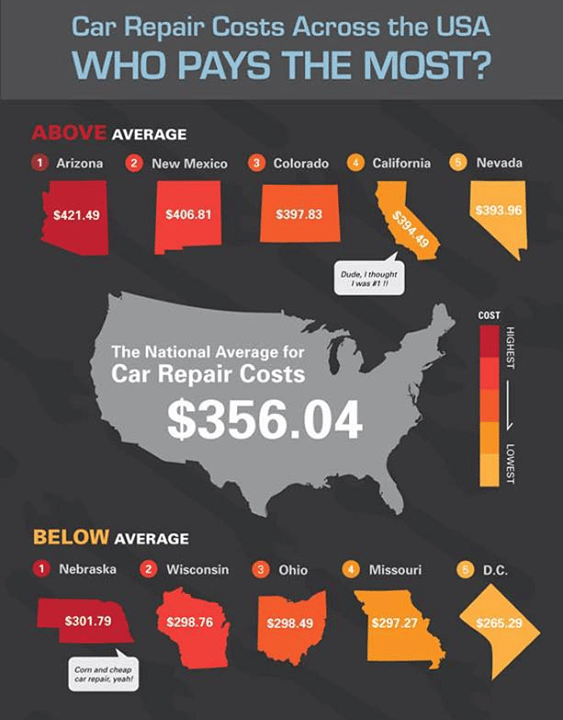Understanding The Definition Behind Your Vehicle'S Caution Lighting: An In-Depth Appearance
Understanding The Definition Behind Your Vehicle'S Caution Lighting: An In-Depth Appearance
Blog Article
Personnel Writer-Boye Shepherd
When you're behind the wheel, those beautiful caution lights on your dashboard can be a little bit bewildering. Do you know what they're attempting to inform you regarding your car's health and wellness? Comprehending the relevance of these lights is essential for your security and the longevity of your lorry. So, the following time one of those lights appears, wouldn't you want to decipher its message accurately and take the needed steps to resolve it?
Common Warning Lights and Interpretations
Recognize usual caution lights in your car and recognize their meanings to make sure risk-free driving.
The most regular caution lights consist of the check engine light, which signifies concerns with the engine or discharges system. If this light begins, it's crucial to have your vehicle inspected immediately.
The oil stress alerting light shows low oil pressure, needing prompt focus to avoid engine damages.
A blinking battery light might suggest a faulty billing system, possibly leaving you stranded otherwise dealt with.
The tire stress tracking system (TPMS) light alerts you to low tire pressure, affecting car stability and gas performance. Disregarding this could cause unsafe driving problems.
The abdominal muscle light indicates a trouble with the anti-lock braking system, compromising your ability to quit quickly in emergency situations.
Last but not least, the coolant temperature level cautioning light warns of engine getting too hot, which can cause severe damage if not settled quickly.
Recognizing these usual warning lights will aid you deal with concerns quickly and keep safe driving conditions.
Importance of Prompt Interest
Understanding the typical warning lights in your vehicle is just the primary step; the importance of immediately attending to these cautions can't be highlighted enough to ensure your security on the road.
When a warning light brightens on your control panel, it's your automobile's way of communicating a prospective concern that requires interest. Neglecting these warnings can result in a lot more severe issues in the future, compromising your security and potentially costing you extra out of commission.
Prompt focus to cautioning lights can avoid break downs and accidents. For example, a blinking check engine light can show a misfire that, if left unattended, could cause damage to the catalytic converter. Addressing this quickly can save you from an expensive repair service.
Likewise, a brake system cautioning light may signal reduced brake liquid or used brake pads, crucial elements for your safety when driving.
Do It Yourself Troubleshooting Tips
If you observe a warning light on your control panel, there are a couple of DIY fixing pointers you can attempt prior to seeking expert help.
The very first step is to consult your cars and truck's manual to recognize what the particular caution light shows. Often the problem can be as easy as a loosened gas cap causing the check engine light. Tightening the gas cap might resolve the problem.
Another common problem is a reduced battery, which can set off numerous cautioning lights. Examining the battery connections for deterioration and guaranteeing they're safe may take care of the trouble.
If a warning light persists, you can try resetting it by detaching the cars and truck's battery for a few mins and afterwards reconnecting it. Additionally, checking find more , such as oil, coolant, and brake liquid, can assist repair advising lights related to these systems.
Conclusion
In conclusion, comprehending your vehicle's caution lights is vital for keeping your vehicle running smoothly and securely. By quickly dealing with https://www.aarp.org/auto/car-maintenance-safety/info-2020/repair-shop-assessment.html and knowing what they imply, you can avoid expensive repair work and prospective break downs.
Remember to consult your auto's manual for specific information on each cautioning light and do something about it appropriately to ensure a hassle-free driving experience.
Remain educated, remain safe on the road!
